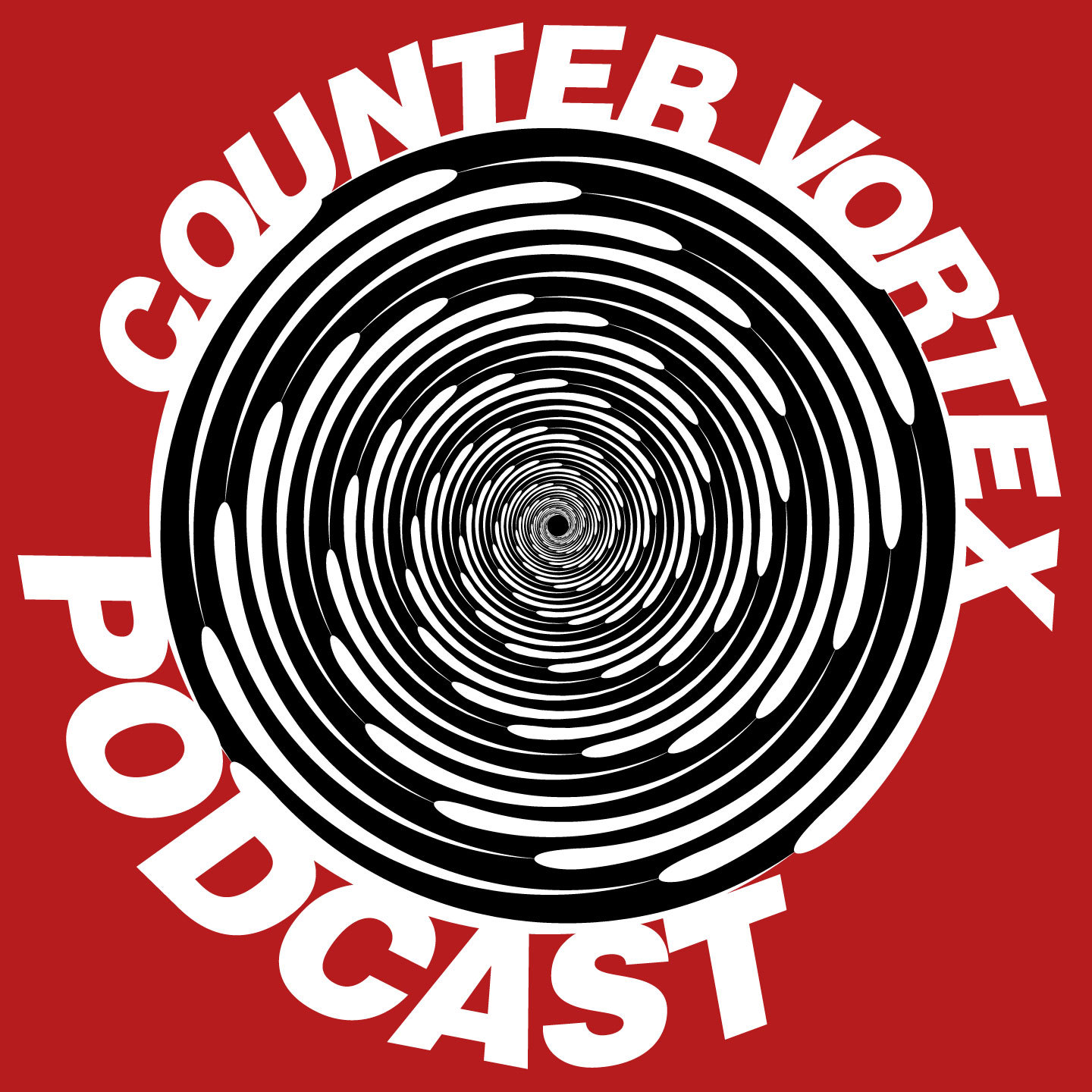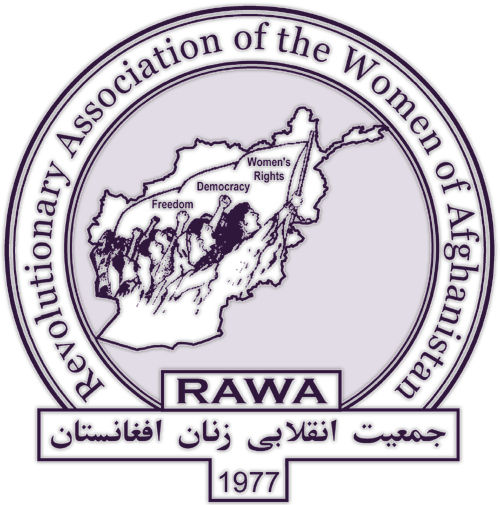WW4 Report
Colombia: pressure grows to expand drug decrim
An official from the capital district government of Bogotá on March 28 called upon Colombia’s national government to open debate on broadening the policy of cannabis decriminalization. "We really need leadership from the Congress and the government to regulate the medicinal and recreational use of marijuana," said secretary general of the Bogotá mayor's office, Susana Muhamad. Despite efforts by the previous president Alvaro Uribe to roll back the policy, since 1994 cannabis has been decriminalized in small quantitites—recently established by the judiciary as up to 22 grams. However, sale and cultivation remain illegal. Muhamad appealed to current President Manuel Santos to examine lifting these limitations.
Bolivia: cocaleros clash with eradication force
Coca-growers in Bolivia's lowland jungle town of Yapacaní on March 27 clashed with police in a protest against the construction of a new base of the Mobile Rural Patrol Unit (UMOPAR), the hated coca-eradication force. Protesters set up roadblocks in an effort to prevent construction crews from breaking ground on the new base. When National Police troops used tear-gas to break up the blockades, protesters replied by hurling rocks. Regional police commander Johnny Requena blamed drug gangs for the opposition to the base, which is being financed by the European Union to the tune of $1.3 million.
Police close 'militia' following Guarani murders
Brazilian police have closed down a notorious security firm accused of killing at least two Guarani leaders, and brutally attacking hundreds more. Gaspem was described as a ‘private militia’ by public prosecutors who had called for the closure last year. Ranchers reportedly paid Gaspem 30,000 reais (US$ 13,400) each time it evicted Guarani Indians from their lands, which are now occupied by sugar cane and soya plantations, and cattle ranches. The company's owner, Aurelino Arce, was arrested in 2012 in connection with the murder of Guarani leader Nísio Gomes. For years, the Guarani have been appealing for the company to be shut down. A judge's decision to force the company to close marks a huge victory for Guarani communities across the central state of Mato Grosso do Sul.
Thousands march in Moscow against war drive
On April 13, some 10,000 people turned out in Moscow for an anti-Kremlin rally to denounce Russian state television's coverage of the Ukraine crisis—which portrays the new government in Kiev as a "fascist junta" under the control of the US. Some of those who took part in the "March of Truth" carried blue-and-yellow Ukrainian flags. One woman, wearing a traditional Ukrainian wreath of flowers on her head, held a sign with President Vladimir Putin's picture and the words: "Stop lying." Among those who spoke to the crowd was Andrei Zubov, a history professor who was fired from the prestigious Moscow State Institute of International Relations last month after criticizing Russia's military intervention in the Crimea, comparing it with Nazi Germany's annexation of Austria on the eve of World War II. Zubov told the crowd that by lying to the Russian people on television, the government is leading the country toward "an abyss." (AP, April 13; Global Voices Online, March 27; Reuters, March 24)
Peru: Cajamarca repression sparks protests
Spontaneous protests broke out in the town of Celendín, in the highlands of Peru's Cajamarca region, after the April 8 arrest at a National Police road checkpoint of six members of the "Guardians of the Lagunas," the campesino vigilance committee that has established an encampement to protect lakes threatened by the Conga gold mine project. The six, stopped on their way to the encampement, were charged with "crimes against the public peace" and illegal bearing of arms. They were removed from the region to the coastal city of Chiclayo, where they continue to be held. Among the detained is Fredy García Becerra, mayoral candidate for the local municipal district of Huasmín with the Frente Amplio party. (Celendin Libre, April 11; La Republica, April 10; Celendin Libre, April 9; Celendin Libre, April 8)
Peru: Shawi indigenous leader assassinated
Emilio Marichi Huansi, the apu or traditional chief of the indigenous Shawi community of Santa Rosa de Alto Shambira (Pongo de Cainarachi district, Lamas province, San Martín region), was assassinated April 5—two days before the opening a meeting of apus that had been called by the Shawi Regional Federation of San Martín (FERISHAM) to discuss the process of demarcating and titling the group's ancestral territories. FERISHAM said in a statement that he was killed by sicarios (hitmen) and that he had received threats from local "mafias" and "traffickers in land" who oppose the process of demarcation. (Kaos en La Red, April 12; Servindi, April 10)
Squatter 'mega-eviction' rocks Rio de Janeiro
More than 1,500 Military Police were mobilized April 11 to evict thousands of squatters who had recently taken over an abandoned office complex in Rio de Janeiro. Brazilian media reported that most of the squatters left peacefully, but others resisted, sparking pitched street battles with police. Protesters chanted "We want houses!," and some hurled bricks and Molotov cocktails at police and set several vehicles on fire. Four buildings were also set aflame. Authorities reported 12 injured and 26 detained, including six minors. The squatted complex was known as Telerj Favela, because it had been the offices of the Telerj, the state telecommunications company, before it was recently vacated. (SMH, April 12; Europa Press, April 12; EuroNews, April 11)
Colombia: land rights activist assassinated
A Colombian activist for restitution of usurped lands who was supposedly under special government protection was killed April 9. Colombia's official human rights ombudsman said Jesús Adán Quinto—who had previously reported that agents assigned to protect him had failed to show up—was killed by sicarios (hitmen) as he stepped outisde his home at Turbo in Urabá region of Antioquia department. Quinto was a leader of the displaced population from Cacarica (Riosucio muncipality, Chocó department), a self-declared "peace community" where the Afro-Colombian campesinos have been massively targetted by paramilitary forces since announcing their non-cooperation with all armed actors in 1999. Quinto's fellow activist Carmen Palencia told AFP news service that the people now occupying the lands of the displaced are hiring assassins to terrorize those those who demand return of usurped properties. She said there have been 70 people associated the peace community killed in similar circumstances since 2005. The violence-torn region of Urabá straddles the north of Antioquia and Chocó departments. (AFP, El Espectador, Justicia y Paz Colombia, April 9)















Recent Updates
2 hours 26 min ago
1 day 19 hours ago
1 day 20 hours ago
2 days 46 min ago
2 days 50 min ago
3 days 1 hour ago
3 days 21 hours ago
4 days 18 hours ago
4 days 18 hours ago
4 days 21 hours ago